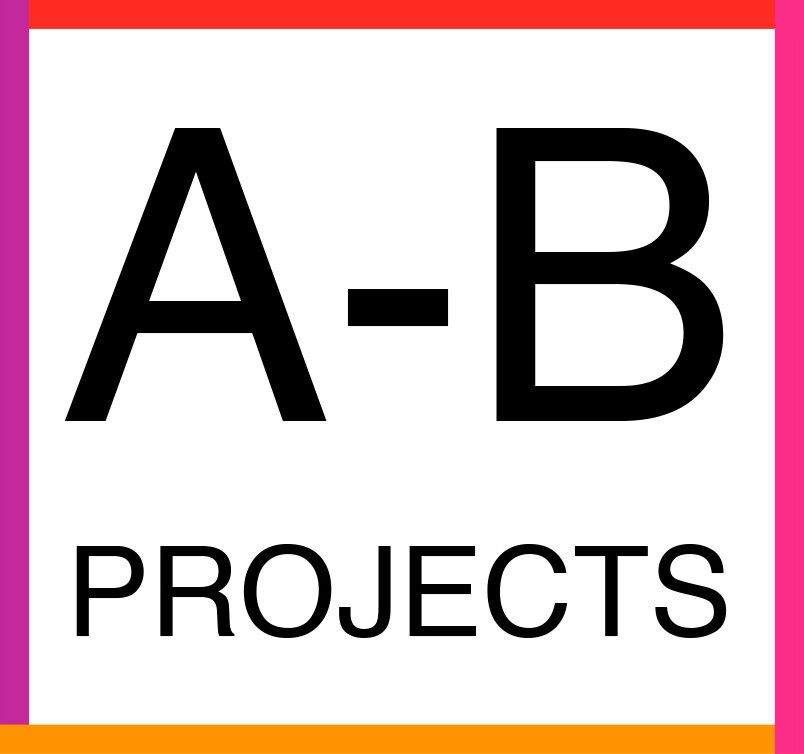Magdolene Dykstra
Ceramics in Relationship to The Bodily Record
September 30, 2022
Summary:
Written summary of group conversation
Discussion Guide:
Ceramics in Relationship to the Bodily Record
About the topic
Every time we touch clay, our bodies are immediately and inevitably recorded. From walking across the ground, pressing a mud-covered hand against an ancient cave wall, or molding a brick, to wedging, pinching, punching, and even biting, the trace of our bodily presence has been set in clay across millennia. In contemporary times the records of our bodies have multiplied exponentially in scale and material, including now commonplace things such as video surveillance, bank records and social media. Considering the plethora of these records, many of which are inadvertent and long-term, why do we continue to intentionally record our bodily presence in material, and how can such an approach be useful and critical in a contemporary practice?
This conversation will examine materiality, scale, political and personal contexts while considering the potential power and significance of accumulating and witnessing the residue of our embodies consciousness.
About the Lead Artist
Magdolene Dykstra explores the simultaneous individuality and multiplicity of the self. She studied biology and visual arts for her undergraduate degree and received her MFA from Virginia Commonwealth University. Dykstra has participated in residencies at the Medalta Historic Clay District, the Watershed Center for Arts and Crafts, and Concordia University. Dykstra has been awarded several grants from the Ontario Arts Council and the Canada Council for the Arts. Notable exhibitions include a site-specific installation at the Gardiner Museum (Toronto, ON) and a solo exhibition at the Jane Hartsook Gallery (New York, NY). Find out more about her work @magidykstra and https://magdolenedykstra.com.

